Description
While sand and other particles are probably the most obvious thing that needs to be filtered out of the water, organic materials can be just as important to remove. Algae is one of the big culprits of clogged irrigation systems, and once it enters your systems, it can slowly grow and spread on the inner walls of your irrigation system.
Disc filters are especially efficient in the removal and filtration of algae.
How disc filters work:
– Synthetic discs overlap, stacked on top of one another in a column, tightened to allow only thin channels which set the filtering capacity of the filter in micron levels.
– These channels on the discs point in the opposite direction to each other.
– With the discs stacked, the channels form many filtering layers.
The benefits of the Single Plastic Filter:
– It can be used individually or in a system for field-type irrigation, easily placed between the water source and the irrigation system.
– It has a higher filtration capacity and covers a bigger filtration surface than other plastic filters.
– Disc and Screen cartridge options are available. This unit has a disc filter.
– Stainless steel and engineering plastic clamp options are available. This unit has a Stainless-steel clamp.
– Provides filtration with low-pressure loss.
– Suitable for use with a manometer.
– Easy-cleaning cartridge, thanks to its patented design.
– Increased filtration performance with the help of its fixed cyclone circle.
– Extra sealing elements.
– Minimum head loss.
Consider the following when buying an irrigation filter:
– The water source (dam, river, etc.)
– The density ratio of pollutants such as debris or moss
– Flow rate of water
– Diameter of pump outlet and inlet
Fertilization and filters:
– Fertilizer tanks or fertilizer stations should be placed BEFORE the filter, to ensure that larger particles of undissolved liquid fertilizer do not clog emitters.
– Always mix fertilizer in enough water, and thoroughly, to avoid blockage or waste.
– Only use fertilizer in your irrigation system if the irrigation system operates at full pressure, and all the lines are filled with water.
– Run the system for an additional 20-25 minutes to ensure that fertilizer is completely flushed out of the system.
You need to regularly clean your filter, too.
In the case of a noticeable pressure difference between the system input and output:
– The system needs to be unmounted and the cartridge cleaned.
– Or the system can be flushed by making use of the back flush valves, allowing the accumulated particles in the system to be flushed out.
– Or the system can be flushed, with the use of electronic circuits, which perceives the pressure differences in the system of the back flush process.
Happy farming!

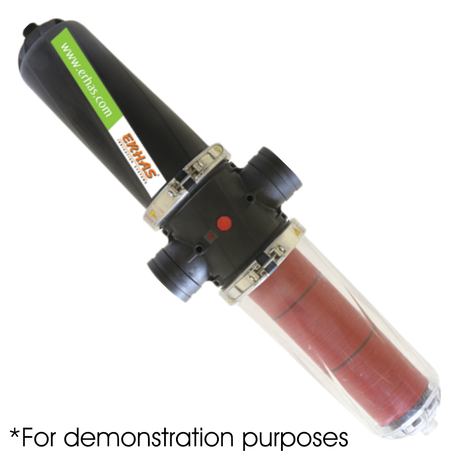
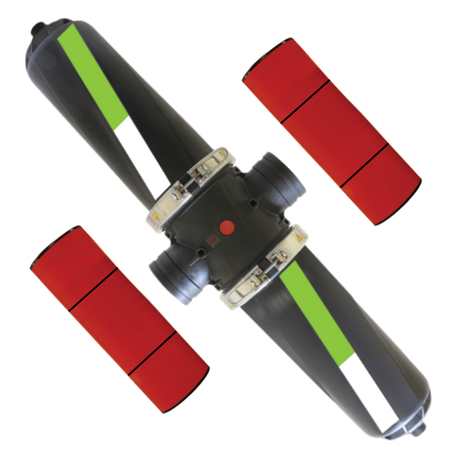

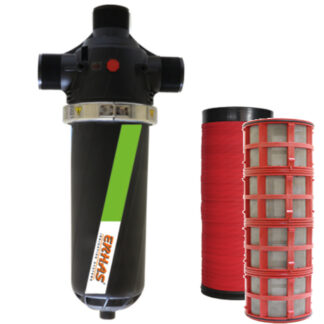

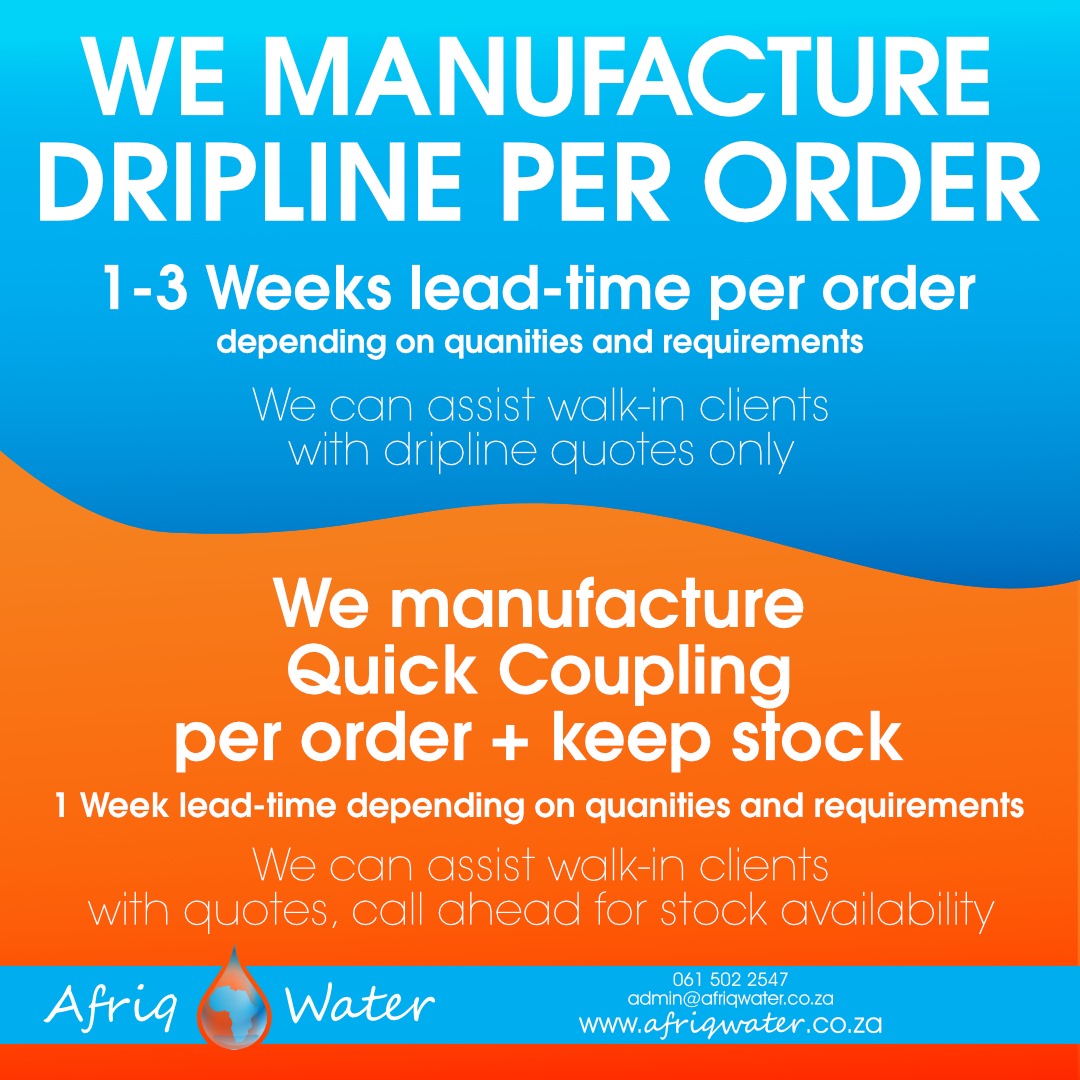

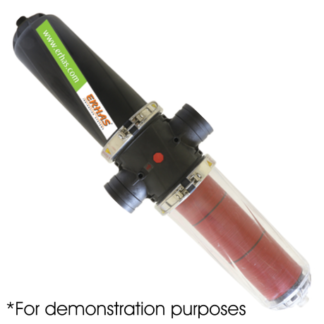
Reviews
There are no reviews yet.